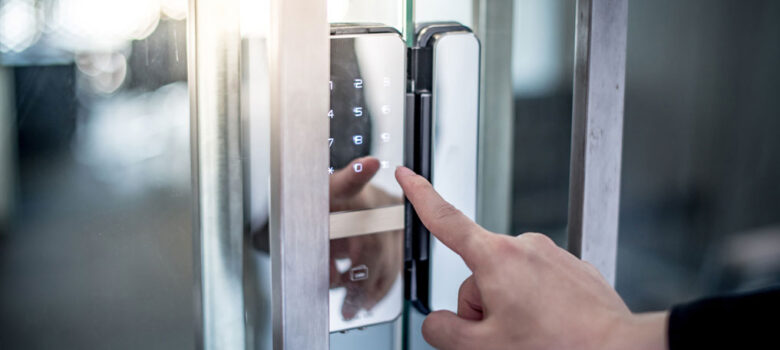
- Mar. 11
- Richard Parker
Types of Locks and Why They Matter for Your Projects
The humble lock is one of the most important inventions of all time. It made it easy for people to protect their property from thieves, and secure it against the outside world.
When the lock came along, it was the first time in human history it was actually worthwhile accumulating possessions. Why? Because you could protect them. That fact led to a series of changes in behavior. People started working harder and longer, trying to get more than just the basics they needed to survive. And that’s part of how we arrived in the modern world. Over the years, locks evolved. Initially, they were just simple turning mechanisms – many of which you could compromise by hand, no key required.
However, over time, engineers developed them to the point where breaching them became a challenge and, sometimes, impossible.
In this post, we take a look at some of the most common types of locks and how they relate to projects you might want to undertake at home or on your business premises.
Cam Locks
You find most cam locks in cabinets or small pieces of furniture that require securing. Office desk suppliers often include them in chests of drawers to keep valuable files and folders secure. They are among the simplest of all locks which helps to bring down the cost. However, their simplicity also means that they aren’t very secure.
The most common types of cams are straight and hooked, but there are all kinds of varieties. You open them by inserting a key at the front to turn the main body of the lock. This then releases the clip at the back from the strike plate, allowing it to move freely. Usually, the locked position is horizontal and the open position is vertical.
Cam locks are easy to break into. But as you make them larger, they become more robust. So a very large cam lock on a security lockbox will usually provide sufficient security to keep all your belongings safe.
Deadbolt Locks
Deadbolt locks are among the most common currently in use around the world. They’re both inexpensive and highly robust against tampering.
They work by containing the bolt inside a kind of runner. You open them by turning a key which then moves the bolt inside the door sideways. The strike pad is usually a large piece of metal, designed to protect the door and the rest of the lock unit behind. The plate prevents anyone from ripping the lock away from the door, as often happens during forced entry.
People mostly use deadbolts for outside doors because of their reliability. Furthermore, they are often among the most common types of locks that locksmiths, like A-1 Locksmith, service. So if you have to change the locks, you can.
Deadbolt locks are also good for businesses that need to partition their interior spaces. Sometimes, companies need to separate one part of the premises from another, only granting access to authorized people. Here again, the deadbolt lock is helpful because it makes it harder for criminals to enter, even if they have a lot of time to play with the lock.
However, companies should also be aware that these kinds of locks can be hazardous. Unlike most locks, you can’t usually break down a dead-bolted door by barging into it. So if there’s a fire, occupants won’t be able to escape and you’ll have to provide a different passage for them.
Homeowners also need to be careful. Deadbolts can make it difficult to get out of your home from the inside unless you have an interior unbolting mechanism that doesn’t require a key.
Combination Locks
Combination locks seem complicated but work in an incredibly simple way. Usually, they comprise a series of letters and numbers on a rolling barrel. Other times, they use a keypad. Some are even electronic. The purpose of these locks is to negate the need to carry a key around. Combination locks, therefore, can offer higher security in some situations. Only people who know the code can enter.
Single dial locks use a long, metal spindle, containing discs with notches in them. When somebody mechanically turns the number wheel, it moves the position of the notch in the barrel. When the notches align, it releases the in-built key, allowing the user to open it.
These types of locks are great for temporary applications. For instance, you could use them on a construction site to control entry to your demountable. They also work well in restricted access areas on commercial premises.



